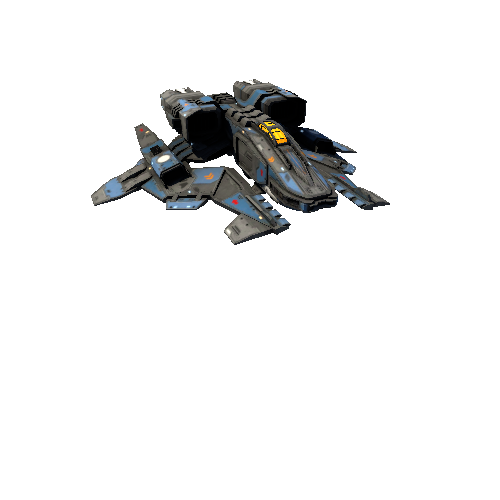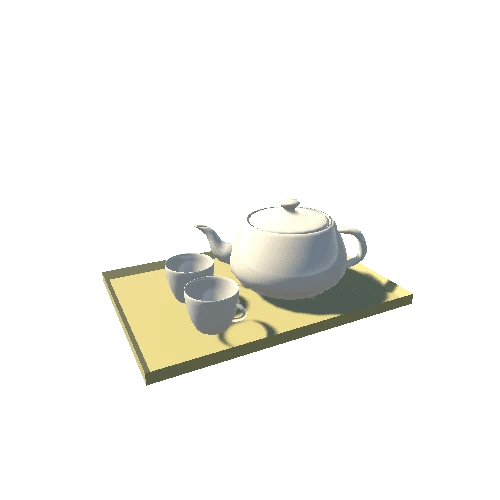Select or drop a image or 3D model here to search.
We support JPG, JPEG, PNG, GIF, WEBP, GLB, OBJ, STL, FBX. More formats will be added in the future.
Asset Overview
It would seem that deleting deletes the selected element plus any elements that depend on it, but leaves untouched any that don't. For example, if you delete a vertex, then all connected edges and the faces that used those edges are deleted. If you delete an edge, then only the faces that used that edge is deleted, the vertices are left in tact. If you delete a face, then both the edges and vertices (that make up those edges) are left in tact. There are probably exceptions to these rules, but it is the general gist.
Dissolving differs to deleting in that it is more of a merging operation than a removing operation i.e. dissolving the edge between two faces combines the two faces.







